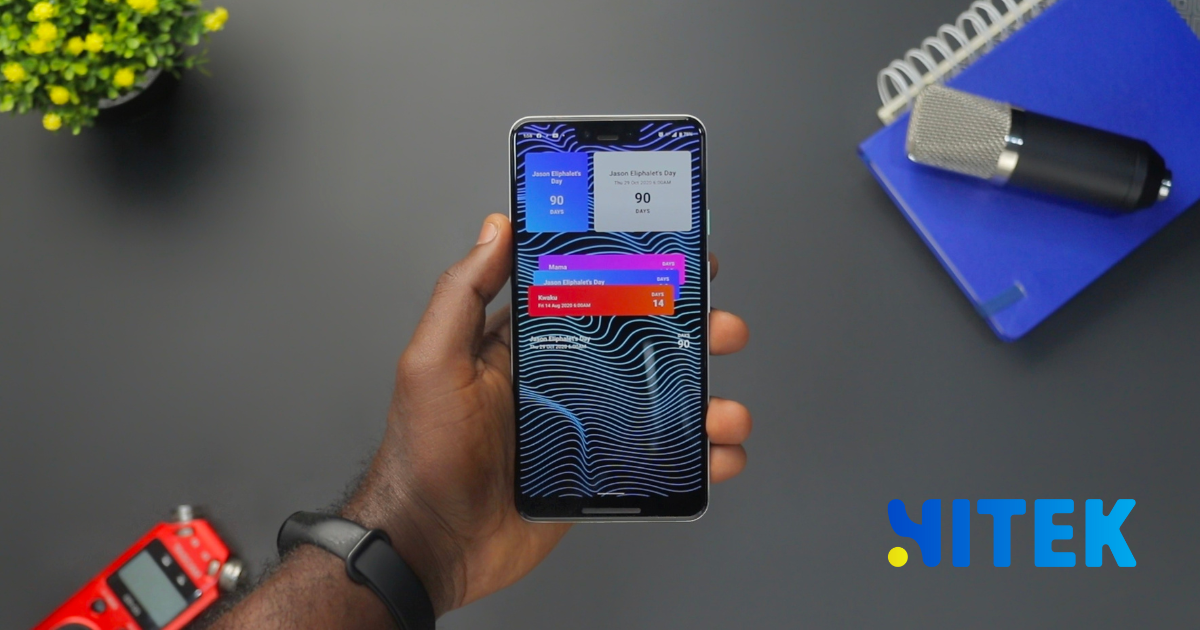Android dominates the mobile market in Australia, with over 60% of smartphone users relying on devices powered by Google’s OS. If you’re looking to build an app that stands out in this competitive space, understanding the nuances of Android app development is essential. Whether you’re a startup founder, a business owner, or an aspiring developer, this guide will walk you through everything you need to know—from planning to publishing.
Contents
ToggleWhy Android App Development Matters in Australia
With millions of Australians using Android devices, the platform offers unmatched reach for businesses and developers. Unlike iOS, Android provides greater flexibility regarding device compatibility, customization, and distribution through the Google Play Store. Android’s open-source nature also allows developers to experiment with innovative features, making it a favourite among tech enthusiasts.
Key Benefits of Developing for Android
✔ Larger Market Share – More users mean more potential customers.
✔ Lower Development Costs – No need for expensive Apple hardware.
✔ Customization Freedom – Greater control over UI/UX design.
✔ Faster Approval Process – Google Play has fewer restrictions than the App Store.
Step-by-Step Android App Development Process
1. Define Your App Idea
Before writing a single line of code, clarify your app’s purpose. Ask yourself:
- What problem does it solve?
- Who is the target audience?
- How will it stand out from competitors?
Conduct market research using tools like Google Trends to validate demand in Australia.
2. Choose the Right Development Tools
Android development relies on several key tools:
| Tool | Purpose |
|---|---|
| Android Studio | Official IDE for Android development |
| Kotlin/Java | Primary programming languages |
| Firebase | Backend services (database, auth, analytics) |
| Figma/Adobe XD | UI/UX design prototyping |
Android Studio remains the go-to for developers, offering built-in emulators and debugging tools.
3. Design a User-Friendly Interface (UI/UX)
Australians expect seamless, intuitive apps. Follow Google’s Material Design guidelines to ensure consistency. Key principles:
- Simplicity – Avoid clutter.
- Responsiveness – Optimize for different screen sizes.
- Accessibility – Support dark mode and larger fonts.
4. Develop and Test Your App
- Frontend (UI) – Built with XML and Jetpack Compose.
- Backend (Logic) – Use Kotlin or Java for functionality.
- Testing – Run on multiple devices via Firebase Test Lab.
Pro Tip: Australian users prefer fast-loading apps—optimize performance by minimizing background processes.
5. Publish on Google Play Store
Once your app is polished, submit it to the Play Store:
- Create a Google Developer Account (AUD 25 one-time fee).
- Prepare assets (icons, screenshots, promo videos).
- Fill in app details (title, description, keywords).
- Upload the APK/AAB file and submit for review.
Google typically approves apps within 24-48 hours, faster than Apple’s App Store.
Monetization Strategies for Your Android App
Want to turn your app into a revenue stream? Consider these models:
- Freemium – Free download with in-app purchases.
- Subscriptions – Recurring payments for premium features.
- Ads – Integrate Google AdMob for ad revenue.
For local success, tailor pricing to the Australian market (AUD).
Future Trends in Android Development
Stay ahead by adopting emerging tech:
- AI & Machine Learning – Smart chatbots, personalized recommendations.
- 5G Optimization – Faster load times for media-rich apps.
- Foldable Device Support – Apps that adapt to flexible screens.
Final Thoughts: Launching Your Android App in Australia
Android app development offers endless opportunities, especially in Australia’s tech-savvy market. By following best practices—sharp design, efficient coding, and strategic marketing—you can create an app that resonates with users.
Ready to start building? Dive into Google’s Android Developer Guides for in-depth tutorials.
Got questions about launching your app? Drop them in the comments below—we’d love to help!










